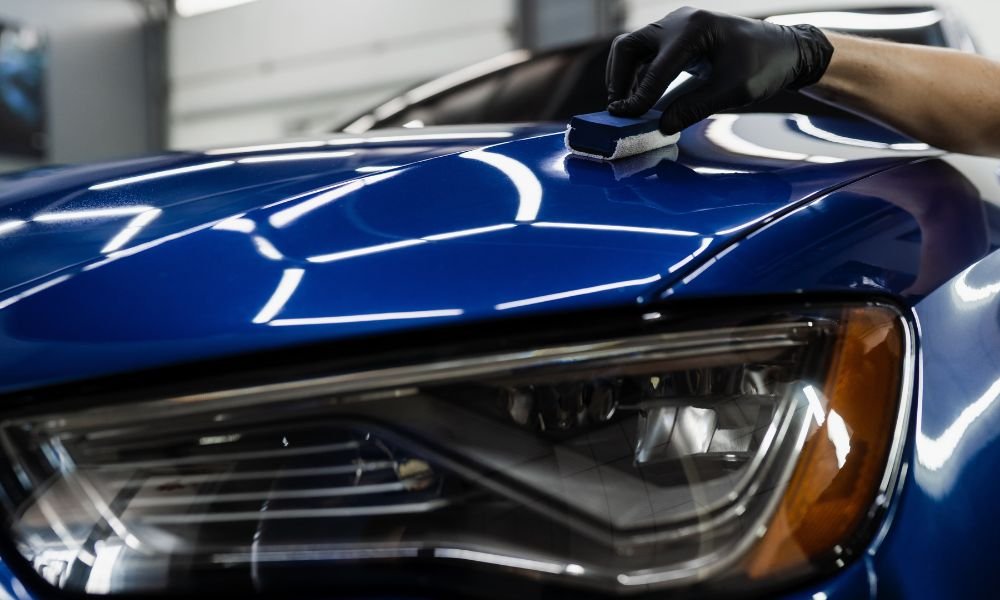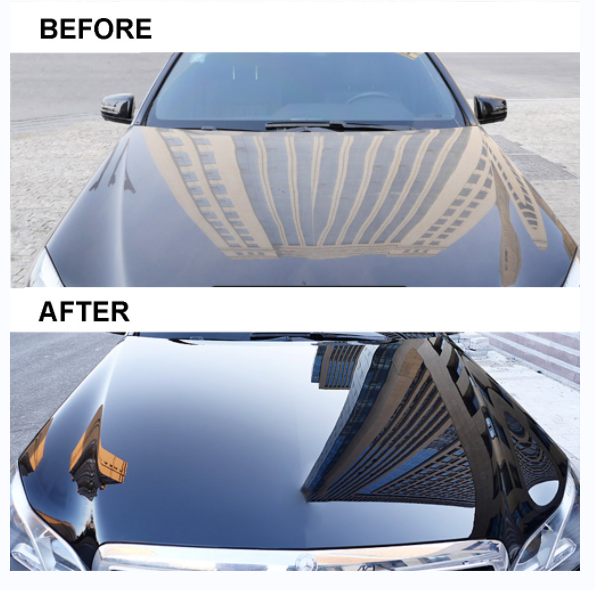Choose reliable ceramic coating Sarasota for a flawless finish.
Choose reliable ceramic coating Sarasota for a flawless finish.
Blog Article
A Comprehensive Guide to the Kinds Of Ceramic Coating on the Market
Ceramic layers have actually become a crucial option across different sectors because of their unique buildings and applications. From silica-based formulations recognized for their toughness to hybrid choices that combine several benefits, the choices available can be frustrating. Comprehending the subtleties of each kind, including their specific benefits and perfect use situations, is vital for making educated decisions. As we explore the distinctive qualities and applications of these coatings, the effects for performance and longevity end up being progressively obvious, questioning about which type may best suit your needs.
Comprehending Ceramic Coatings
Ceramic finishings are advanced safety services that have gained popularity in numerous markets, especially in automobile and aerospace applications. These layers consist of a fluid polymer that, when cured, forms a resilient, hydrophobic layer on the surface area of the substrate. This layer supplies improved resistance to environmental contaminants, UV radiation, and chemical exposure, therefore prolonging the life and visual charm of the underlying product.
The basic element of ceramic finishings is silica, which contributes to their firmness and sturdiness. The application process usually includes surface prep work, application of the finishing, and treating, which can be achieved through heat or UV light. When healed, ceramic coverings exhibit exceptional bonding buildings, permitting them to adhere strongly to a selection of surface areas, consisting of steels, plastics, and glass.
In enhancement to their protective features, ceramic layers likewise offer ease of maintenance. Their hydrophobic nature reduces the adherence of dust and grime, making cleansing less complex and less constant. In general, the fostering of ceramic finishings stands for a substantial development in surface protection technology, providing both functional and visual benefits throughout several markets.
Kinds Of Ceramic Coatings
Various types of ceramic layers are offered, each designed to satisfy details performance demands and applications - Auto Detailing. One of the most typical kinds include:
Silica-based Coatings: These coverings largely include silicon dioxide and are recognized for their longevity and chemical resistance. They are extensively made use of in automobile and industrial applications.
Titanium Dioxide Coatings: Distinguished for their photocatalytic residential properties, titanium dioxide coatings are often used in atmospheres where self-cleaning and antifungal homes are desirable, such as in structure materials and vehicle surfaces.
Zirconia Coatings: Identified by their high-temperature stability and thermal resistance, zirconia layers are used in applications such as wind turbine engines and high-performance automotive components.
Alumina Coatings: Displaying outstanding solidity and thermal security, alumina coatings are regularly utilized in wear-resistant applications, consisting of cutting tools and commercial equipment. - Auto Detailing
Crossbreed Coatings: Integrating the properties of different products, hybrid finishes provide boosted performance qualities, making them suitable for one-of-a-kind and requiring applications.
Each kind of ceramic layer serves distinct purposes, enabling customers to choose one of the most appropriate option based on details environmental problems and efficiency requirements.
Benefits of Ceramic Coatings
Ceramic coverings, in certain, offer various advantages that make them significantly preferred amongst makers and consumers alike. These finishings are resistant to scratches, chemicals, and UV rays, making sure that the underlying surface area continues to be secured over time.
Along with longevity, ceramic finishings supply superb hydrophobic residential or commercial properties, permitting very easy cleaning and maintenance. This water-repellent nature decreases the adherence of dust, grime, and various other pollutants, which can extend learn the facts here now the visual allure and functionality of the surface. Ceramic coatings can considerably enhance thermal resistance, making them excellent for applications that withstand high temperature levels.

Application Process
When using go to website ceramic layers, a precise method is important to accomplish ideal outcomes. The application process normally starts with detailed surface preparation. This involves washing, decontaminating, and polishing the surface to get rid of all pollutants, consisting of dirt, grease, and prior waxes or sealants. A clean surface area ensures appropriate attachment of the layer.
Once the surface area is prepped, the next action is to apply the ceramic finishing. This can be done using an applicator pad or a microfiber towel, making certain also coverage. It is critical to operate in small sections to maintain control and stop premature treating. The layer needs to be used in thin layers, as thicker applications can result in irregular finishes.
After application, the layer requires a details treating time, commonly ranging from a few hours to a complete day, depending on the item. Complying with these actions diligently will optimize the efficiency and durability of the ceramic layer, offering a sturdy protective layer for the surface area.
Upkeep and Long Life
To ensure the durability and performance of a ceramic finish, normal upkeep is crucial. Ceramic finishings, understood for their sturdiness and protective qualities, require particular treatment regimens to maximize their lifespan and performance.
Along with routine cleaning, routine examinations are vital. Try to find indications of wear or damage, such as hydrophobic residential or commercial properties reducing or surface area imperfections. If needed, a light gloss might be applied to rejuvenate the finish without removing it away.
Moreover, the application of a booster spray can boost the covering's hydrophobic impacts and restore its gloss. This is particularly helpful for layers that have remained in usage for an extensive duration. Ultimately, by adhering to these upkeep practices, one can considerably expand the life of my link a ceramic finish, making certain that it proceeds to supply optimum defense versus environmental factors and maintain the aesthetic allure of the vehicle.
Conclusion

Report this page